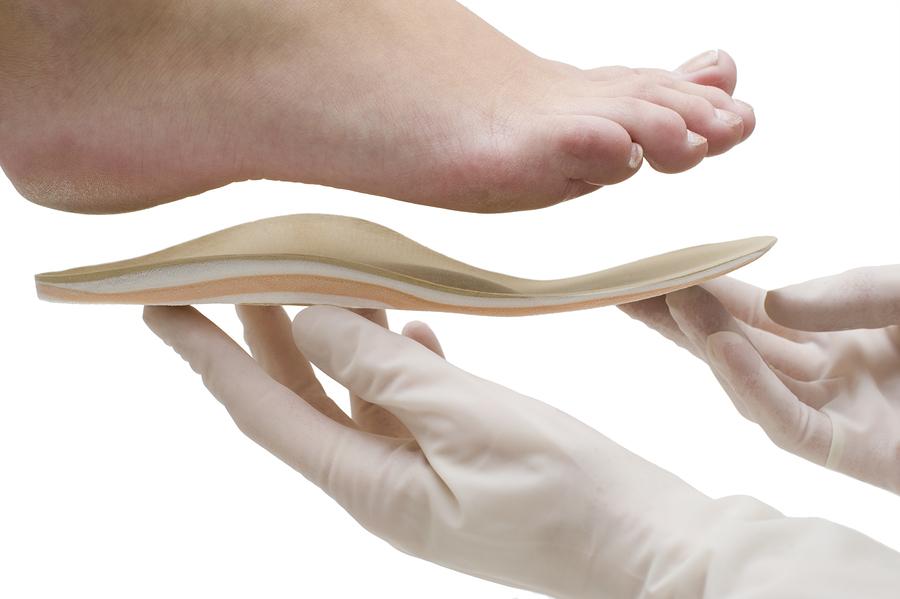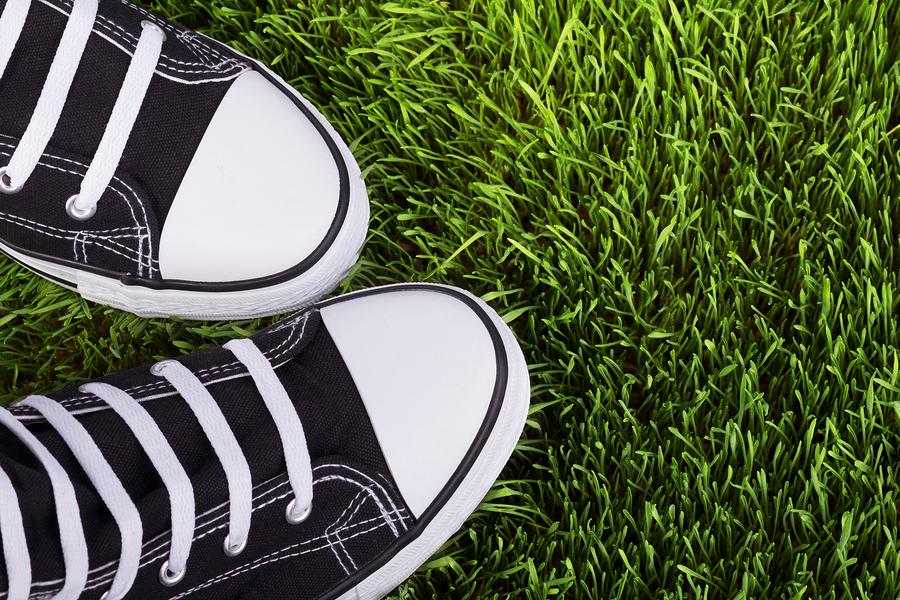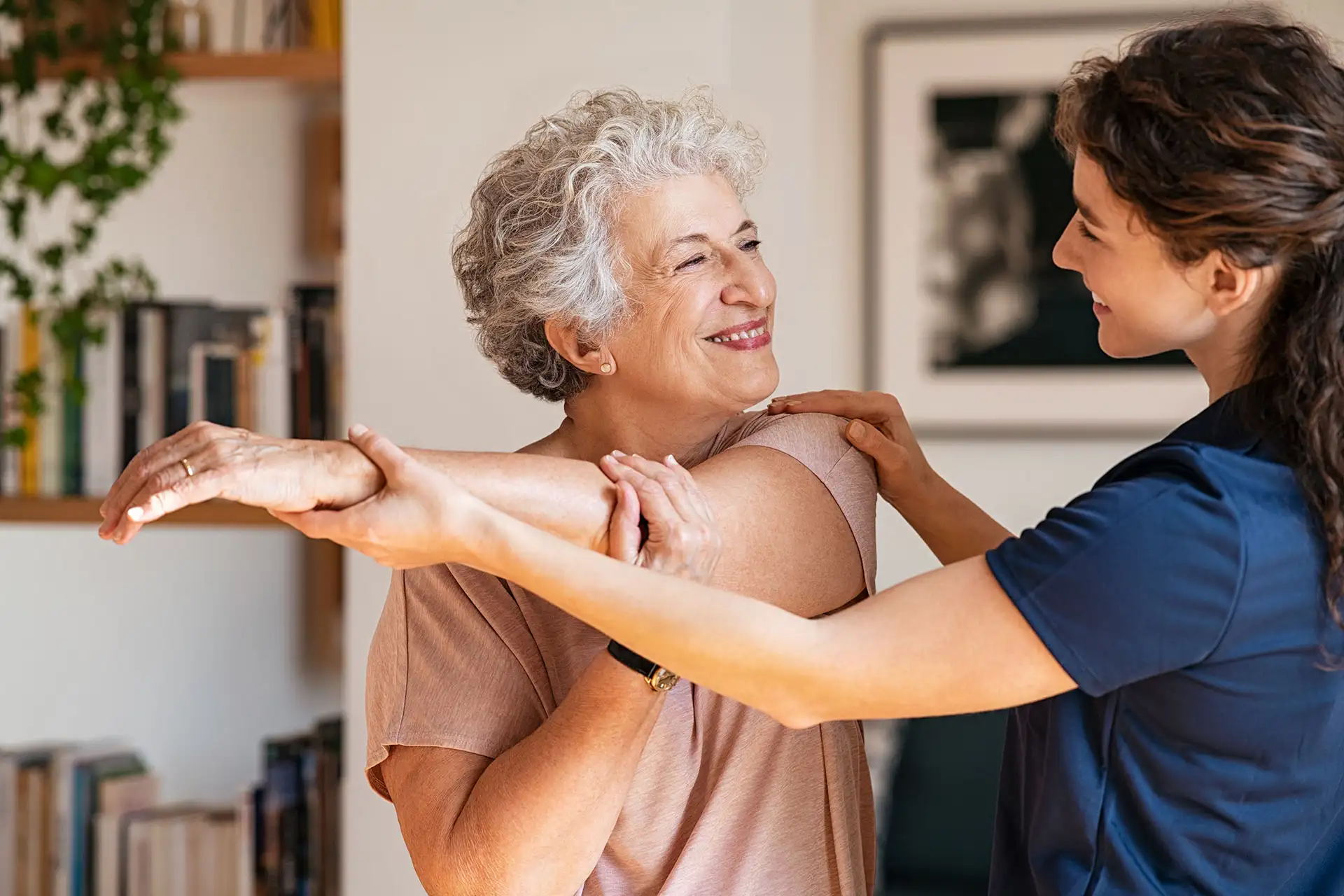They are the butt of many jokes but orthopedic shoes are actually a godsend for countless people. Shoes of this kind provide support and relief from pain for those who suffer from a wide variety of afflictions. If you are experiencing discomfort in your feet, ankles or legs then you could benefit from wearing orthopedic shoes. They are simply shoes that are designed to make sure to allow feet their natural shape. This is especially important when we wear shoes for extended periods of time. Many years ago these shoes were primarily designed to be functional with no thought given to the fashion aspect. However, today this is fortunately not the case. There is now a wide range of pain-relieving shoes available that often can’t be told apart from normal shoes!
Who might need orthopedic shoes?
Absolutely anyone of all ages and genders can benefit from wearing orthopedic shoes. If someone is suffering with localised pain in the feet then the potential exists to gain relief from this footwear solution. Additionally, even if you don’t have problems with your feet you might want to look into shoes that fit you properly to minimise the risk of future discomfort.
Orthopedic shoes are meant to provide comfort and support to the wearer. They can be especially important if you have pronation – so called flat feet – or high arches. Both if which can lead to injuries and pain.
Shoes can be specifically designed for children, teenagers and adults with relevant and preferred styles taken into consideration.
What kind of style can you expect?
Historically orthopedic shoes were only made with a basic black material. However, in the present day they are available in a much wider selection of colors and styles. This makes it easier to find something that suits your fashion sense and style. You will generally find that the heel of an orthopedic shoe is noticeably lower than regular shoes. Also, the front of the shoe will be wider to make more space for your toes to spread out.
Orthopedic shoes come in a variety of shapes and sizes and are specifically made for each individual. It might be hard to find a pair of sky high stilettos, but generally orthopedic footwear has evolved leaps from the few basic designs that used to be on offer.
Orthopedic shoes these days range from your usual sportswear to perfectly inconspicuous formal dress shoes. In short, orthopedic shoes do not necessarily look any different from regular shoes on the outside.
So how do you go about choosing a pair for yourself?
The best thing to do here is to go to a specialist. You can get an evaluation and diagnosis that guides you in the right direction to choose the right footwear.
At a very basic level, it is the job of these shoes to provide more support exactly where you need it. For that reason you will need to have an assessment with an orthopedic professional before you decide on a pair.

It is important to consult the specialist and get the right kind of footwear for yourself. Not only can they provide you with the fitting orthotics, but also support and advice in case something should go wrong. Your orthopedic specialist will be able to tell you how to break the shoes in and what to do in case you still have problems after wearing your shoes for a while.
When choosing a specialist to buy your shoes from, you should be wary about group deals and any consultation that isn’t done specifically for you. Orthopedic aids that are prescribed by specialists are made to order to ensure proper fit.
Things to consider post-purchase
The first thing to do once you have bought your shoes is to try them on! Do they fit well? Do they give you the right amount of space and the right amount of support? How has your pain changed?
The benefits of wearing orthopedic shoes can greatly be enhanced by also choosing orthopedic socks. Some sufferers of pain in this area might find the relief of orthopedic socks is enough to reduce the problem to a manageable level. You can also opt for orthopedic slippers – this is a particularly good choice if you find your pain is more extreme in the evenings when you are more likely to be at home relaxing.
Certain foot conditions can be helped with surgery, but it is often better to find less radical alternatives. It is a lot cheaper and easier to utilise exercise and properly fitting footwear!
Once again, when looking into alternatives, it’s good to consult a specialist to ensure you’re using the right methods and not causing yourself any further discomfort.
References
1) http://www.webadvice.osvojito.com/health-benefits-wearing-orthopedic-shoes/
Related Posts
Cigarettes May Inhibit Inflammation Treatments
Axial spondyloarthritis, also known as AxSpa, is a chronic…







